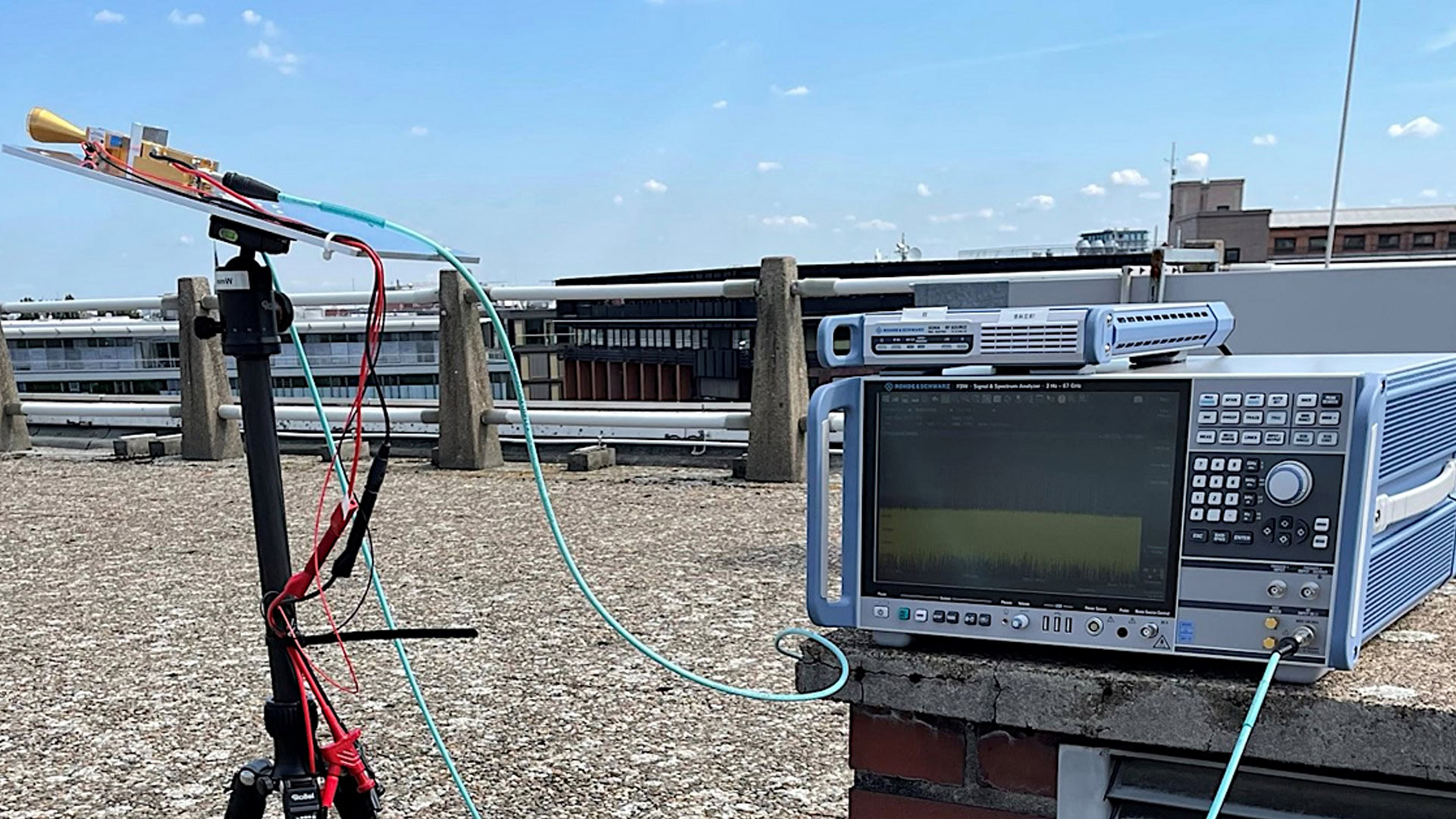Affiliate links on Android Authority may earn us a commission. Learn more.
LG brings 6G speeds one step closer to reality with terahertz data test

- LG has successfully tested 6G THz data transmission at a distance of 100m.
- A special power amplifier was used to cope with signal dropoff.
- 6G probably won’t hit the market until at least 2028.
Despite widespread 5G still being a pipedream for most smartphone owners, LG says it has accomplished a significant step towards the development of 6G, transmitting terahertz-range (THz) data outdoors in Berlin over a distance of 100m, or 328ft.
The problem with 6G THz so far has been rapid dropoff, something the test solved using a power amplifier developed in cooperation with Fraunhofer HHI and the Fraunhofer Institute for Applied Solid State Physics, according to LG. The amplifier can produce a stable signal up to 15dBm (decibel-milliwatts) in frequencies between 155 and 175GHz.
LG adds that 6G should become a global standard in 2025, but is only expected to hit the commercial market sometime between then and 2029. Samsung is aiming to deliver 6G in 2028, with a top speed of 1Gbps, equal to the performance of landline fiber services.
The issues with 6G THz broadcasts mirror those with 5G’s mmWave variant. While mmWave currently offers the fastest cellular speeds, its range is such that carriers often have to blanket an area with transmitters to make it reliable, and the technology is usually absent outside of major urban centers. It’s also easily stopped by buildings and can be hampered by weather, so connections often fall back to regular 5G or 4G.
Improvements to 5G and 6G are often tied into visions of the future such as high-fidelity augmented reality, commonplace remote surgery, or self-driving cars that talk to each other. All of those technologies will require minimizing latency, which is difficult over any kind of cellular network.